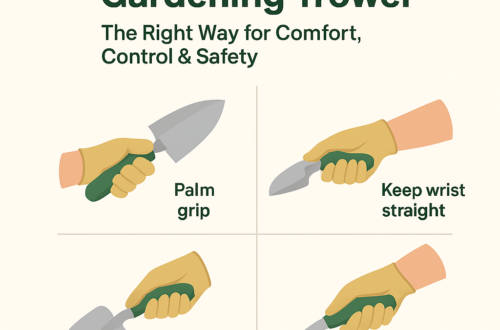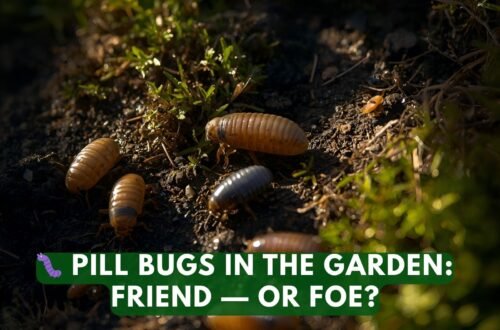
Indoor gardening is on the rise, and with it comes the challenge of ensuring your plants receive adequate light, especially in rooms with limited sunlight. Hanging plant grow lights are a game-changer for plant lovers, offering an efficient way to mimic natural sunlight and support healthy, vibrant indoor gardens year-round. This comprehensive guide will walk you through everything you need to know about hanging plant grow lights, from their benefits to installation and best practices.
## What Are Hanging Plant Grow Lights?
Hanging plant grow lights are artificial lighting systems designed to be suspended above plants, providing the necessary spectrum of light for photosynthesis. Unlike standard lamps or windowsill lighting, these lights are specifically engineered to deliver the intensity and spectrum that indoor plants need. The most common types include LED grow lights, fluorescent lights, and compact fluorescent lamps (CFLs), each with unique benefits and energy profiles.
## Why Use Hanging Grow Lights for Indoor Plants?
– **Promote Healthy Growth:** Hanging grow lights provide consistent, targeted light, ensuring plants receive the energy needed for strong roots, lush foliage, and vibrant blooms.
– **Flexibility and Coverage:** Adjustable height and positioning allow you to cover a variety of plant sizes and arrangements, making them ideal for everything from small succulents to large tropical plants.
– **Year-Round Gardening:** With grow lights, you can cultivate plants regardless of the season or the amount of natural light available.
Plants that benefit most from hanging grow lights include herbs, leafy greens, flowering houseplants, and seedlings that require extra care during early growth stages.
## Key Features to Look for in a Hanging Plant Grow Light
When choosing a hanging grow light, consider the following features:
– **Full Spectrum Output:** Look for lights labeled as “full spectrum,” as they provide the necessary wavelengths for both vegetative growth and flowering.
– **Energy Efficiency:** LEDs are highly recommended due to their low energy consumption, long lifespan, and minimal heat output.
– **Adjustability:** Choose lights with adjustable height and angle settings to accommodate different plant types and growth stages.
– **Built-in Timers:** Timers automate light cycles, ensuring plants get consistent day/night periods without manual intervention.
## How to Install and Position Hanging Grow Lights
1. **Choose a Suitable Location:** Select a spot where you can safely hang the light above your plants, such as a ceiling hook, shelving unit, or dedicated grow rack.
2. **Install the Hardware:** Use sturdy hooks or brackets designed to support the weight of the grow light. Follow manufacturer instructions for safe installation.
3. **Adjust the Height:** Position the light 12–24 inches above the plant canopy for most LEDs; adjust based on plant needs and manufacturer recommendations.
4. **Plug In and Set the Timer:** Connect the light to a timer or smart plug to automate your lighting schedule.
**Safety Tips:** Ensure cords are secured and away from water sources. Regularly inspect fixtures for wear or overheating.
## Best Practices for Using Hanging Grow Lights
– **Lighting Duration:** Most indoor plants require 12–16 hours of light per day. Adjust based on plant type and growth stage.
– **Monitor Plant Response:** Watch for signs of too much or too little light, such as leaf scorch or leggy growth. Adjust height or duration as needed.
– **Clean and Maintain:** Dust bulbs and reflectors regularly to maintain light intensity. Check for malfunctioning parts and replace as necessary.
## Top Hanging Plant Grow Light Recommendations
– **LED Full Spectrum Panels:** Great for energy efficiency and customizable spectrum.
– **Fluorescent T5 Fixtures:** Affordable and widely available, suitable for seedlings and leafy greens.
– **Clip-On Hanging Lights:** Ideal for small spaces or targeted lighting needs.
When shopping, compare wattage, coverage area, and user reviews. Popular brands include Spider Farmer, Viparspectra, and GE Lighting, but always choose models that fit your specific space and plant needs.
## Frequently Asked Questions
– **Can hanging grow lights replace sunlight?** Yes, high-quality grow lights can fully support plant growth indoors when natural sunlight is insufficient.
– **How long should I leave my grow lights on?** Most plants thrive with 12–16 hours of light daily, but always check the specific requirements for your plant type.
– **Are hanging grow lights safe for pets and children?** Modern grow lights are generally safe, but keep cords and fixtures out of reach and follow all safety guidelines.
## Conclusion
Hanging plant grow lights are an indispensable tool for anyone looking to create a lush, thriving indoor garden. By choosing the right light, installing it properly, and following best practices, you can enjoy healthy, beautiful plants all year long—no matter how much sunlight your home receives. Start experimenting with hanging grow lights today and watch your indoor oasis flourish!
Discover more from Ecorganicas
Subscribe to get the latest posts sent to your email.





